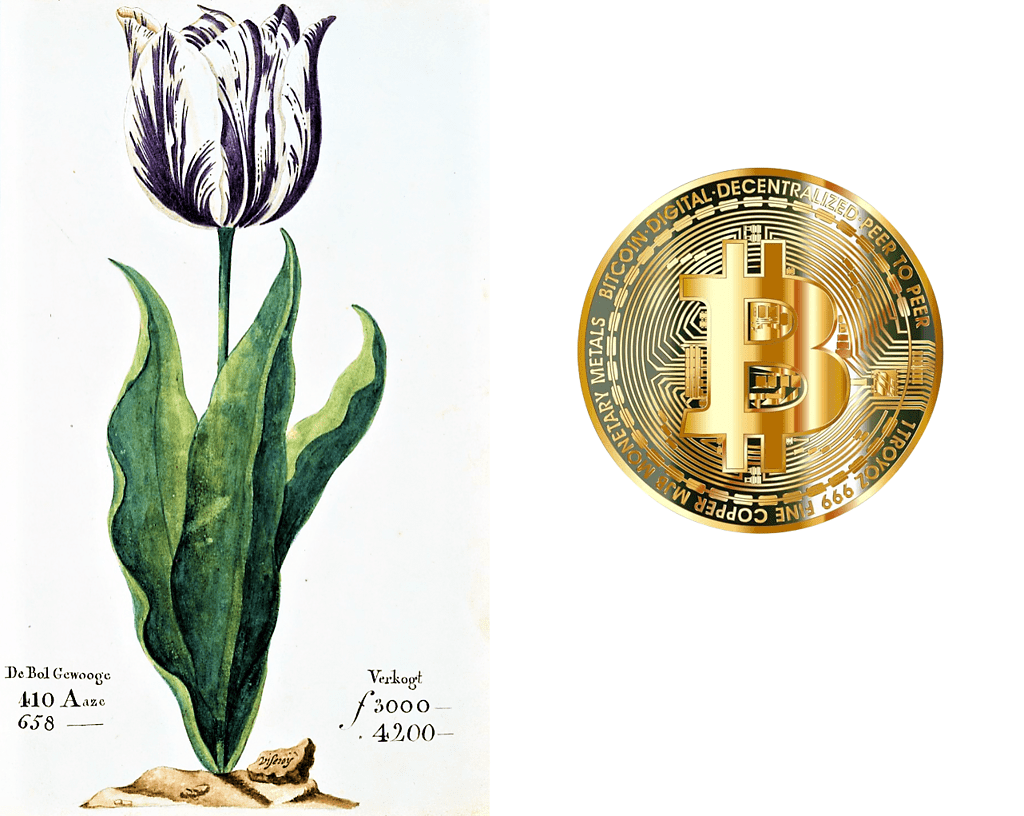Dutch growers use Bitcoin to run tulip plantations

In 1634, the most unlikely of financial bubbles unfolded. Tulip Mania, as it was called, drove the price of some fashionable tulip bulbs to extraordinarily high prices. At the height of the tulip mania, in February 1637, a single tulip bulb could be sold for 10 times the annual salary of a skilled worker. But not long afterwards the bubble burst and tulip prices collapsed.
Now Dutch growers are using something else associated with a financial bubble in their tulip greenhouses: Bitcoin.
Flowers and Bitcoin
Mining Bitcoin is a very energy-intensive process – in fact, this is a large part of why Bitcoin is considered by some to be a major environmental problem. Bitcoin’s emissions are comparable to a smaller country, and despite efforts to make it more sustainable, energy consumption remains a problem.
Much of this energy is also lost as heat. So engineers in the Netherlands thought why not at least try to harness this heat. This is not the first attempt of this kind (other miners have used heat byproducts to heat a swimming pool, for example), but Bert de Groot had something else in mind: he wanted to use the heat for a tulip greenhouse.
The system uses solar panels for electricity, further reducing the environmental impact of mining, and it makes tulips even more of a crop.
“We think that with this way of heating the greenhouse but also earning some Bitcoin, we have a win-win situation,” flower farmer Danielle Koning, 37, told AFP.
Since Russia’s invasion of Ukraine, gas prices have risen significantly in Europe, and for many farmers using greenhouses, reducing dependence on gas has been a priority. Admittedly, Bitcoin miners are not as efficient as dedicated heaters, but their primary task is something unrelated, which makes it beneficial.
For the Netherlands, this could be a big deal. Not only is the tiny country the largest producer of tulips in the world, but it is actually the second largest agricultural exporter in the world, second only to the United States. Much of this exported food is grown in greenhouses, and these greenhouses depend on heat sources.
Bitcoin remains remarkably significant
This really only works because Bitcoin’s price has remained remarkably high, even though the world’s economies are experiencing very turbulent times. After reaching an all-time high of $64,000 in late 2021 following a dramatic surge, Bitcoin appeared to be falling off a cliff — but its value stabilized this month at around $28,000.
De Groot says he has over a dozen clients, including restaurants, department stores and the tulip greenhouse, and he says this operation actually helps the environment, as it’s better than heating with gas.
“This operation is actually carbon negative, and so are all the operations I’m basically building,” says the long-haired de Groot, wearing an orange polo shirt with the company’s logo. “We’re actually improving the environment.”
“The most important thing we get out of it is that we save on natural gas,” says Koning. “Secondly, well, we earn Bitcoin by running them in the greenhouse.”

There is a clear irony in this because the philosopher Nassim Taleb, who coined the idea of unpredictable but historical “black swan” events, compared Bitcoin to the Tulip Mania of four centuries ago. But De Groot isn’t really worried about Bitcoin disappearing.
“I have absolutely no concerns about the long-term value proposition of an immutable monetary system,” he says. “Bitcoin will last forever.”
This is not to say that cryptocurrency does not have its troubles. After FTX, once the world’s highest-profile crypto exchange, took a spectacular dive six months ago, nine million customers were left without their money, prompting regulators to take a more proactive approach to regulating Bitcoin and its ilk.
However, it is important to keep in mind that Bitcoin and other cryptocurrencies are only one application of the blockchain technology on which they are based.
It all started with the birth of Bitcoin in 2009 when the general population was introduced to the concept of using a decentralized public ledger to record and facilitate transactions across a peer-to-peer network. Since then, many other projects such as Ethereum, Cardano or BNB have been created, giving rise to the ever-growing crypto market.
Things like smart contracts, non-fungible tokens (NFTs), cybersecurity, and healthcare can all benefit from blockchain. Given their decentralized, transparent and immutable infrastructure, blockchains can provide a high degree of security for cyber data, and with hackers increasingly targeting hospitals, this can also benefit medical facilities. All of this shows that we’re still just figuring out how to put all this technology to good use.


